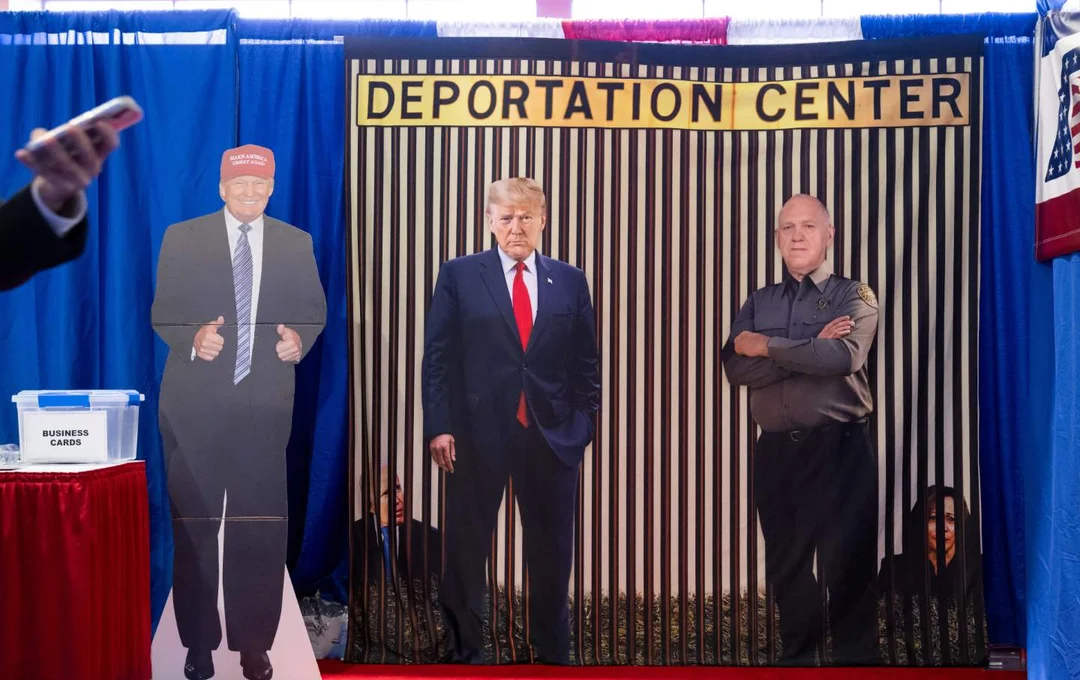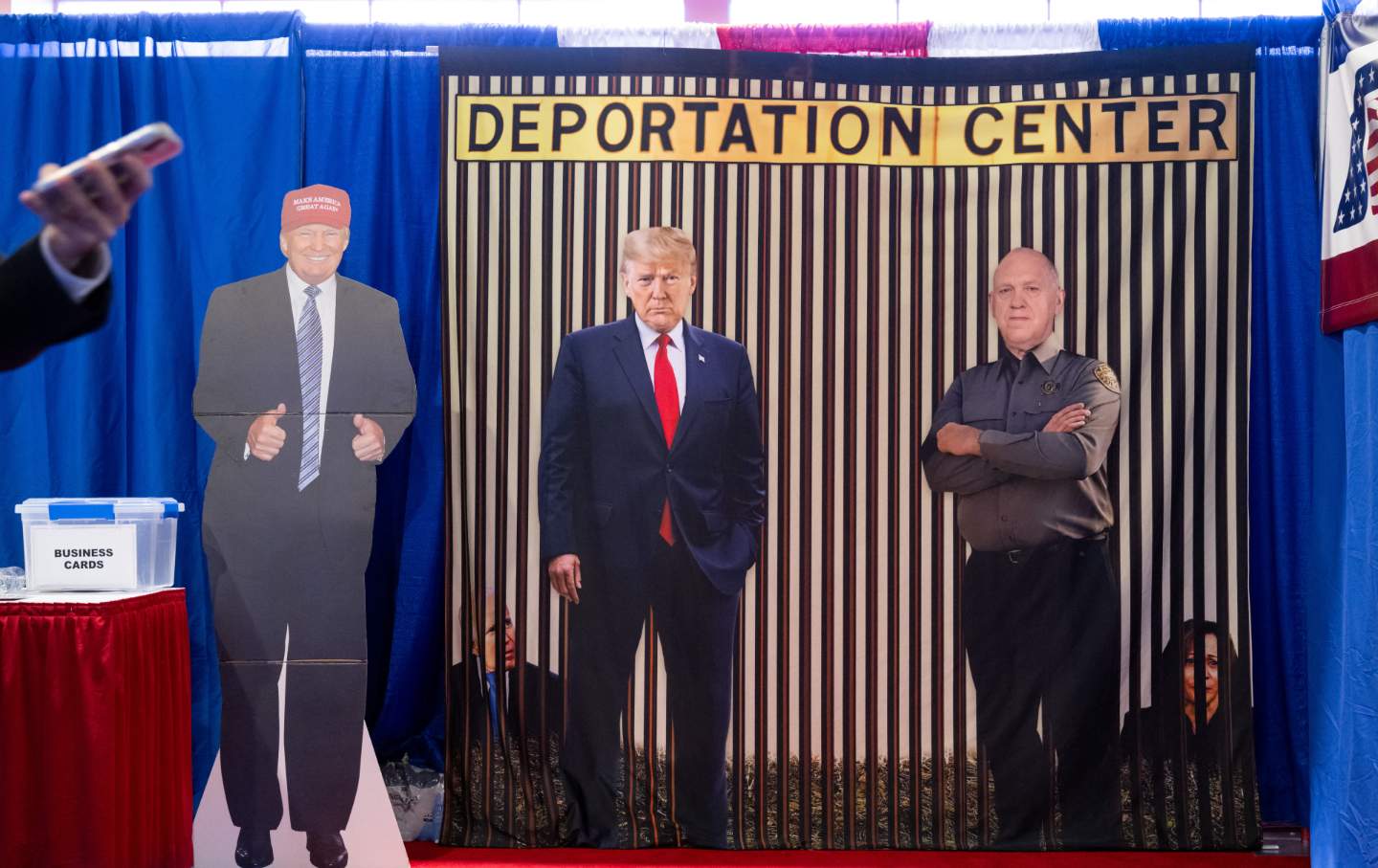
A Million Strong: Inside Trump’s Unprecedented Immigration Crackdown And The Legal Storm Brewing
As President Donald Trump resumes his presidency, a seismic shift is sweeping across the nation’s immigration landscape. The administration is targeting a breathtaking ambition: the deportation of up to one million immigrants within a single year—far surpassing any previous record and prompting fierce debate among officials, analysts, and affected communities.
According to multiple federal sources and reporting from The Washington Post, the ambitious number has become the centerpiece of internal strategy sessions, signaling a dramatic escalation of enforcement efforts. For context, annual deportations peaked at just over 400,000 under President Barack Obama, making Trump’s target not just bold, but historically unprecedented.
Despite these ambitions, many question whether the plan is either feasible or legal. Immigration experts and former officials highlight legal and operational barriers: most undocumented immigrants are entitled to due process, and the already backlogged system can delay cases for years. “It would be just a massive, massive increase to reach 1 million removals,” observed Tom Cartwright, an advocate monitoring deportation data. Current levels—around 117,000 deportations by late March—fall well short, with ICE projected to deport 212,000 this fiscal year.
Nonetheless, the administration is pushing forward. White House adviser Stephen Miller reportedly holds near-daily meetings with Homeland Security officials, exploring ways to overcome challenges. One controversial approach includes negotiating with 30 countries to accept deportees, some of whom face removal orders that their home countries previously refused to honor. Among the destinations for recent deportations: Mexico, Costa Rica, Panama, and even Rwanda, following unprecedented diplomatic negotiations.

The scope of the crackdown, however, extends further: permanent residents with green cards are not immune. The recent detention of Alfredo Orellana, a caregiver with a minor years-old offense, underscores a new reality. Once overlooked, minor convictions now trigger deportation, leaving families and communities reeling. “It’s like Luke got a bro to hang out with,” recalled the mother of an autistic man Orellana cared for, highlighting the deep personal costs beyond statistics.
The methods employed are raising eyebrows—and alarm. Reports tell of university students snatched by plainclothes agents using 1950s-era statutes and AI-powered investigative tools. Critics warn that the administration is exploiting forgotten or rarely used laws—such as the McCarran-Walter Act or the Alien Enemies Act—to justify a wider campaign against dissenters, asylum seekers, and even legal immigrants. “The deportation process is complex and resource-intensive,” noted former immigration commissioner Doris Meissner, voicing skepticism at achieving the stated target.

Legal challenges are mounting, with judges blocking attempts to bypass hearings and new guidance requiring assurances against torture and persecution. Critics argue that rapid screenings under duress undermine fundamental human rights, and sophisticated lobbying now permeates both sides of the debate. Yet, administration spokespeople maintain they are acting on a voter mandate to overhaul a “broken system” and focus on “removing terrorist and criminal illegal aliens.”
But behind the headlines and rhetoric lies a broader question: Is this crackdown a bold fulfillment of campaign promises, or does it risk sliding into an era of overreach and unintended consequences? As the legal and moral battles intensify, the nation stands at a crossroads, facing urgent questions about justice, security, and the future of immigration itself.
What’s your perspective? Do you support or oppose the administration’s approach? How should America balance enforcement with civil liberties? Share your thoughts in the comments and join the national conversation.